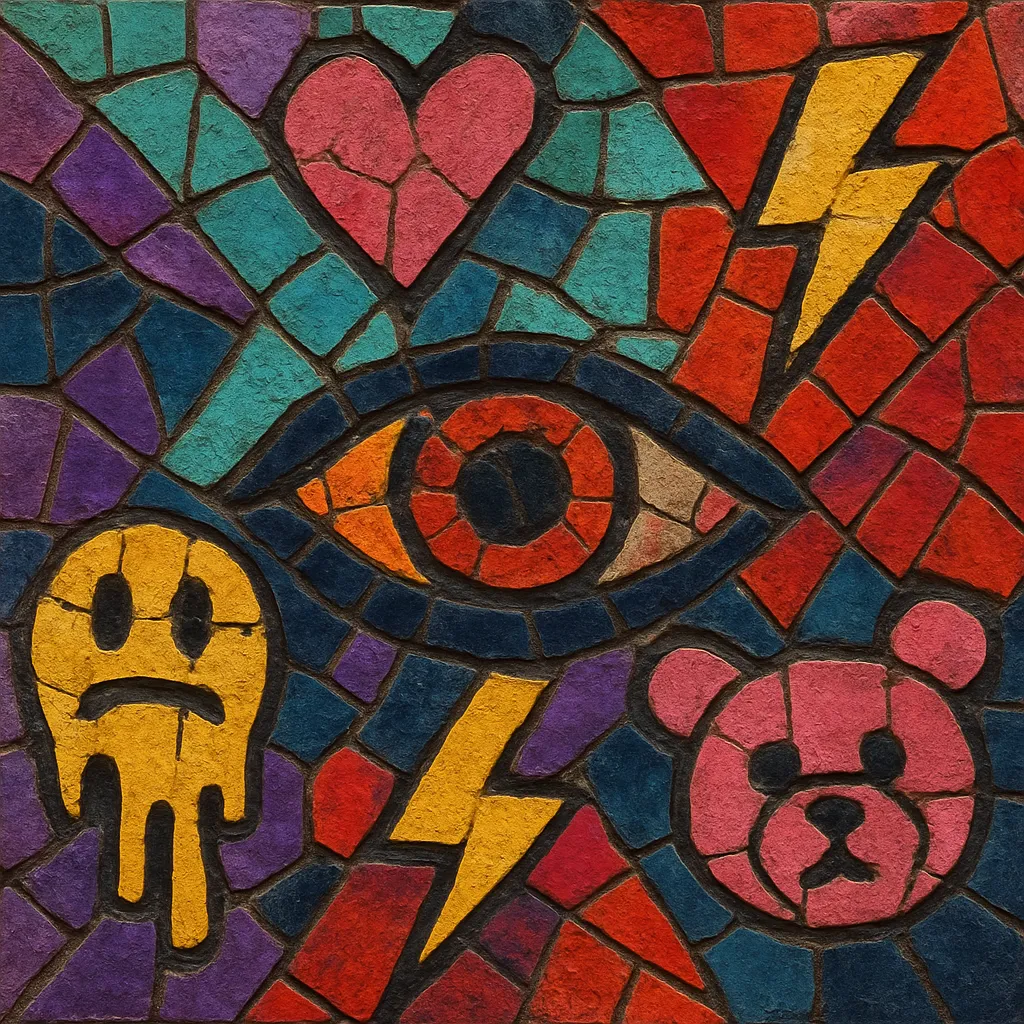Dariacore is a hyperactive, sample-forward microgenre that emerged on SoundCloud in the early 2020s. It is characterized by frenetic cut‑ups of recognizable pop hooks, TV/anime snippets, and internet ephemera, smashed together at high tempos with breakbeats, club triplets, and hard sidechain compression.
Aesthetically, it sits between hyperpop/digicore maximalism and plunderphonics/mashcore collage. Producers frequently pitch up (nightcore-style), hard-clip, and brickwall-limit the mix, embrace abrupt key/tempo shifts, and use meme-y drops or fake-outs for shock value. Tracks are usually short (often 1–2 minutes), hook-dense, and deliberately chaotic, with tongue-in-cheek 90s/00s net-culture visuals (the name references MTV’s Daria).
Dariacore coalesced on SoundCloud around 2021, when Jane Remover (fka dltzk) popularized the term via the alias “Leroy” and a pair of viral, collage-heavy releases. These tapes distilled hyperpop/digicore’s DIY ethos into a rapid-fire plunderphonics approach: sped-up pop hooks, amen breaks, jersey/philly club patterns, and noisy, over-the-top compression.
Musically, dariacore fuses the maximalist sound design and internet-native songwriting of hyperpop/digicore with the sampling chaos of plunderphonics/mashcore and the rhythmic intensity of breakcore/jungle. The result is a meme-aware, hook-driven barrage that treats the pop mainstream as sample fodder. Visuals often riff on 90s/00s teen-culture (hence “Daria”) and early web nostalgia.
Within months, a loose SoundCloud scene formed, with anonymous/throwaway aliases dropping one-off edits and mini-mixtapes. The genre’s short, instantly-gratifying format made it especially shareable on social platforms and in Discord servers, encouraging rapid iteration and stylistic cross-pollination with jersey club, drum & bass, and nightcore revivals.
Dariacore remains a fluid, tongue-in-cheek practice more than a rigid format. Producers treat it as a playground for sample collisions, fast edits, and maximalist drops—an internet-native continuation of plunderphonics for the hyperpop era.


